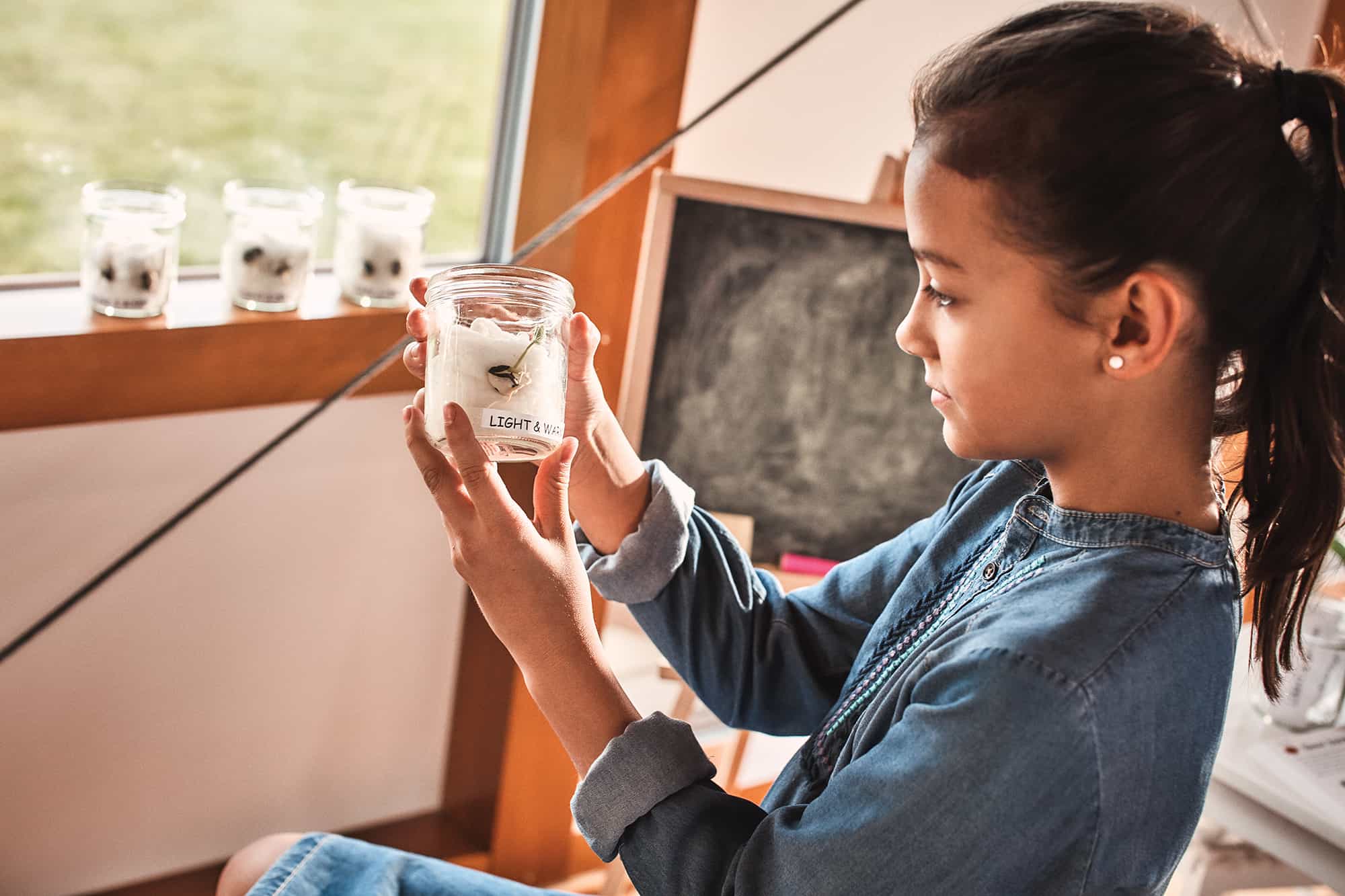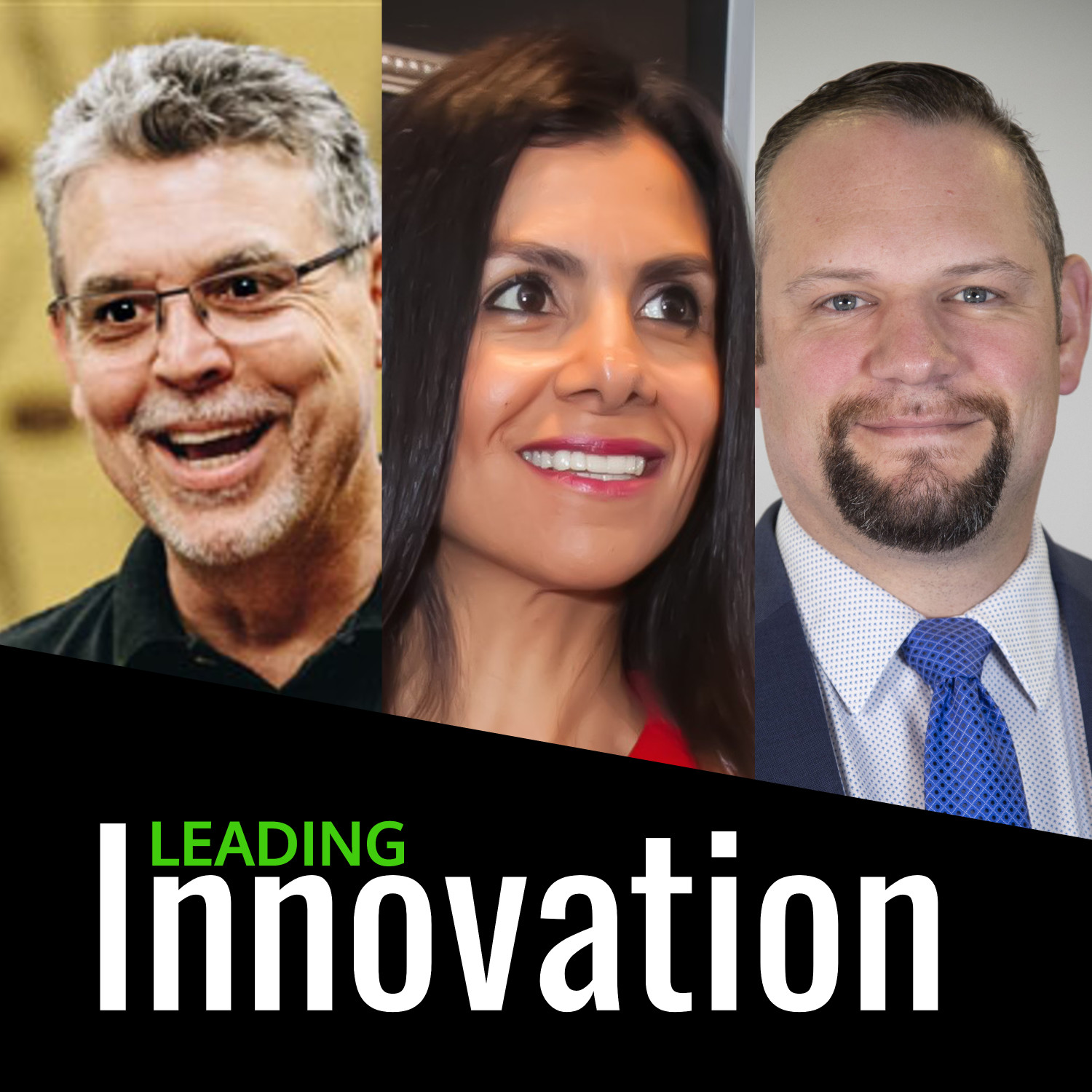When the Fresno Unified School District embarked on a personalized learning initiative four years ago, administrators could hardly have envisioned how the effort would be paying off today.
Like most school systems, the district in California’s Central Valley made the sudden shift to remote learning this spring. While there have been challenges, there are lessons to be learned from the school district’s approach to transitioning to remote learning. “Our staff and faculty have been adaptive and innovative in the context that we’re in,” said Philip Neufeld, the district’s Executive Officer of Information Technology, and co-leader of the district’s Personalized Learning Initiative.
A focus on equity and access
Districts nationwide are investing in educational efforts that create greater equity and better outcomes for all students. These range from investments in high-quality curriculum to strong education-technology initiatives and programs to support teachers and school counselors. In Fresno, the vast majority of the 74,000 students who attend the district’s public schools are from low-income families, and district leaders have been working hard to close learning gaps and address student needs.
Once the district closed school buildings in March, administrators set up sites for students to pick up meals, since most of the district’s youth receive free- and reduced-price meals when they’re in school. On a parallel track, the district moved to deliver live and recorded lessons, provide targeted professional development to teachers, and ensure all students had high-quality working computer devices and internet hotspots.
Over the past five years, the district has invested in student laptops for the classroom with about a 1:1 device-to-student ratio. So, when school closures became evident, the district shifted to a 1:1 take-home program to ensure all students had the devices and internet access they needed to learn effectively from home. Philip shared that the district wanted to make sure students had updated Windows 10 devices with keyboards. “Often in poor districts you take lower quality stuff and you say, ‘This is good enough for the students.’ It has to be the other way around,” Philip said.
Transforming instruction
The district’s faculty and staff have embraced a flexible, student-centered mindset that has served everyone particularly well in the current environment. “It’s that willingness and readiness—and you’re not always going to be as ready as you want—to be able to work together. This COVID-19 moment is an unfortunate situation, but the good news is our educators and staff have built their capacity and continue to be adaptable,” he said.
When moving to a more personalized approach to instruction, Fresno Unified looked to the Microsoft K-12 Education Transformation Framework as a guide to improving schools that is grounded in research, best practices, and an open culture of learning across the system. It’s a flexible approach to pursuing transformative change, and districts can adapt it to meet their needs. You can find out more about the impact of Fresno’s Personalized Learning Initiative in this report.
“What we’re driving for is future readiness and also high-quality instruction. And so, a key understanding when it comes to blended learning is when to use technology and also when not to use it,” said Ryan Coe, Director of Secondary Curriculum Instruction and Professional Learning and co-lead of the Personalized Learning Initiative. “And I would also say that we’ve really honed in on getting strong in four areas: whole group instruction, targeted small-group instruction, collaborative tasks, and independent practice,” said Ryan. “How do we weave those four together, incorporating technology in intentional ways,” he added.
Fresno Unified leaders are looking ahead with humility and confidence, recognizing that what instruction will look like in the upcoming school year remains uncertain. “We have to be ready for getting back to class with a pivot to personalized, blended learning, and rich, real-world, relevant instruction, knowing that at any moment you may have some students—or a lot of students—needing to be learning from home again. And so, this capacity will serve us well to be able to adapt.” Kurt Madden, Chief Technology Officer said, “Students now have laptops/tablets and, if necessary, internet hotspots – and families are more prepared to support distance learning.”
Fresno Unified School District leaders, along with Microsoft Education leaders, will be discussing how to prepare for the upcoming school year in the Education Week webinar, “Supporting Districts in Moving to Remote Learning,” on June 16. The webinar will provide insights into the conditions needed to successfully move from traditional to remote instruction and explore what hybrid educational models might look like.
Cultural shift and commitment to progress
The shift in technology use has been accompanied by a cultural shift and a change in mindsets in the Fresno school district.
“I can think of that first day of Personalized Learning Initiative training. A teacher approached me who was a 28-year veteran teacher and she said, ‘Ryan, I know nothing about technology. In fact, I hate technology. You’re not going to convince me otherwise.’ And I said to her, ‘It’s great that you’re here because this is not a technology initiative. It’s an instruction initiative,’” Ryan recalled. “And I said, ‘We’re going to learn so much from you about the great instruction you bring to the table and we’ll be able to make those connections to technology.’”
Ryan said that same teacher recently stood up at a district event and urged all of her colleagues to commit deeply to the personalized learning initiative. That teacher said that for students to be future-ready, schools had to continue to move in this direction, toward technology-enriched, student-centered learning and a commitment to using emerging, evidence-based practices that can keep improving teaching and learning.
As current circumstances require continued social distancing, Fresno leaders also are thinking through what additional supports students and teachers might need. “The more we stay connected in a digital world, to be there for each other, I think we have to stay present with that. We have to understand that this is not just about instruction, though that’s very, very important. But this is also about caring for each other during this time,” Ryan said.
Microsoft Education recently launched a site with social and emotional learning resources that can support school communities during remote learning and during in-person instruction.
And for additional resources that can help build confidence in remote learning, please visit our website.



.jpg)
.jpg)